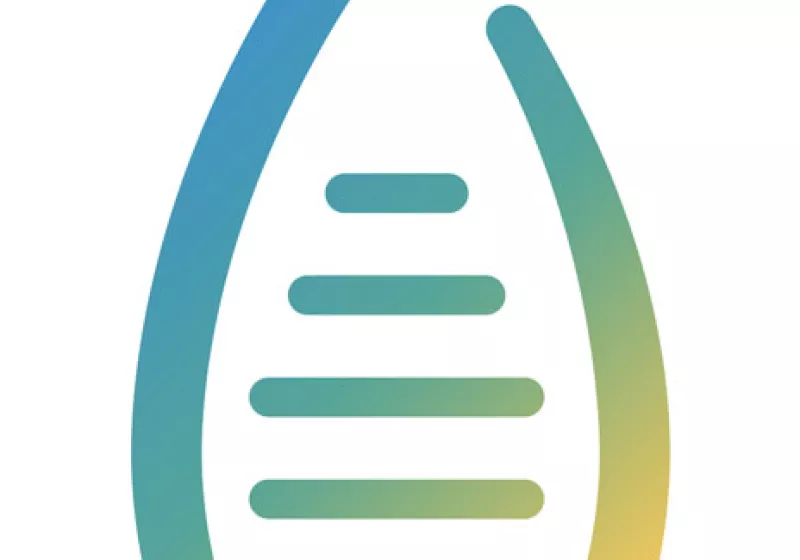Public Involvement
Public Involvement is defined as “research being carried out ‘with’ or ‘by’ members of the public rather than ‘to’,‘about’ or ‘for’ them.” The public refers to all people affected directly and indirectly by conditions. This includes patients, potential patients, carers, health and social service users and organisations representing them. Partnering with the researchers, the public are involved throughout all stages of clinical research, including identifying, prioritising, designing, managing, undertaking, evaluating and communicating research.
Growing evidence shows benefits of involving the public in clinical research, such as increased quality and relevance of research, improved participants recruitment and retention, enhanced understanding in their field of research. The participants gain more confidence and skills through active involvement. For more information on the benefits, see NIHR Evidence.

"For gene and cell therapies, patient and public involvement is more important than ever... The greater and more meaningful the level of involvement, the more likely there are to be positive outcomes for all involved."
- Laurence Woollard, Patient and Public Voice Partner, ATMP PPIE Working Group
Please follow the link below to The ATMP Engage PPI Directory for resources that facilitate patient and public involvement (PPI) in clinical research:

The ATMP Engage PPI Directory, developed by the The Advanced Therapy Medicinal Products Patient and Public Involvement and Engagement Working Group, contains PPI resources for developers of cell and gene therapies, including toolkits, guidelines, advice, templates and case studies. Learn more:
Health Data
Health data discussed in this section includes all information that is created, collected, received, maintained, processed, distributed and analysed along the gene and cell therapy development pathway. It starts from the data derived from biological samples used in research, and ends with the data collected for post-marketing safety and efficacy studies. Example health data includes genetic data, biometric data, and information of patients’ health records, ranging from symptoms, clinical examinations, diagnostic test results, treatments undertaken, and resulting outcomes. Health data also exists in various databases, such as cell line registries, biobanks, clinical trials databases, clinical and genetics databases, pharmacovigilance databases, and health data hubs. Insights generated through processing and analysing health data support various stages in medicine research and development processes and provide significant improvements in all areas of healthcare from earlier diagnostics to more effective treatment (Agrawal and Prabakaran 2020, Study on Big Data in public health, telemedicine and healthcare).
Health data is considered as sensitive data by EU law and by UK law. It is specifically regulated under GDPR. See GDPR (EU) and GDPR (UK). Legal frameworks on health data provide governance and rules with regards to how one’s health data is processed and shared, while protecting the individual. These frameworks also provide infrastructures for their interoperability. Establishing the legal frameworks involves specific regulatory authorities, and specific obligations for stakeholders. An example obligation is to have ‘controllers’ and ‘processors’ be responsible for protecting personal data in EU and in UK.
Besides legal regulations, there are also ethical and societal issues associated with health data along the gene and cell therapy development pathway. The ethical and societal concerns stem from the balance between the protection of fundamental rights of donors, research participants, and patients, as well as the need for sharing these sensitive data as resources for research and development. At the same time, there is the need for building trust through transparency. Trust is achieved by following good practice guidelines and having robust data governance procedures in place.
In the past decade, the digital revolution has greatly impacted medicine research, development and healthcare (Topol 2019, Obermeyer and Emanuel 2016, Medicine in the Digital Age 2019). Fundamental to this transformation is the increased capacity of processing and analysing health data at a large scale, to derive new insights and make predictions. The increased amount of data and the capacity of computation fuel the development of artificial intelligence (AI) and machine learning (ML) technologies for medicine and healthcare. When working with sensitive data using these complex technologies, new ethical, legal and societal issues (ELSI) such as bias, privacy, security, and transparency start to emerge (Price and Cohen 2019, Topol 2019). These issues challenge the boundaries of existing ELSI frameworks and therefore there is a call for new ELSI mechanisms and tools to be developed.
Acknowledgements
Published: 25/01/2021
Author:
Hsin-Yu Kuo, EuroGCT Information Officer - ATMP Product Development Pathway
Reviewed by:
Section "Public Involvement" is reviewed by:
Alice Williams, Head of Patient and Public Involvement (Innovation, Research and Life Sciences) at NHS England and Improvement
Section "Health Data" is reviewed by:
Dr. Aurélie Mahalatchimy, Responsabile EuroGCT del Work Package 4, UMR 7318 DICE CERIC, Aix-Marseille Università, CNRS, Aix-en-Provence, Francia
Dr. Nancy Mah, Fraunhofer Institute for Biomedical Engineering, Sulzbach, Germany
Dr. Antonie Fuhr, Fraunhofer Institute for Biomedical Engineering, Sulzbach, Germany



